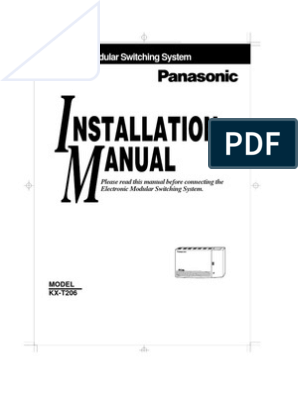0% found this document useful (0 votes)
7 views68 pagesIntroduction to Arrays in C
The document provides an introduction to arrays as data structures in C programming, explaining their definition, initialization, and usage. It covers various examples, including defining arrays, initializing them with values, and using loops to manipulate array elements. Additionally, it discusses the importance of bounds checking and provides practical applications such as summarizing survey results and graphing data with histograms.
Uploaded by
tunayazici0608Copyright
© © All Rights Reserved
We take content rights seriously. If you suspect this is your content, claim it here.
Available Formats
Download as PDF, TXT or read online on Scribd
0% found this document useful (0 votes)
7 views68 pagesIntroduction to Arrays in C
The document provides an introduction to arrays as data structures in C programming, explaining their definition, initialization, and usage. It covers various examples, including defining arrays, initializing them with values, and using loops to manipulate array elements. Additionally, it discusses the importance of bounds checking and provides practical applications such as summarizing survey results and graphing data with histograms.
Uploaded by
tunayazici0608Copyright
© © All Rights Reserved
We take content rights seriously. If you suspect this is your content, claim it here.
Available Formats
Download as PDF, TXT or read online on Scribd
/ 68




















































































